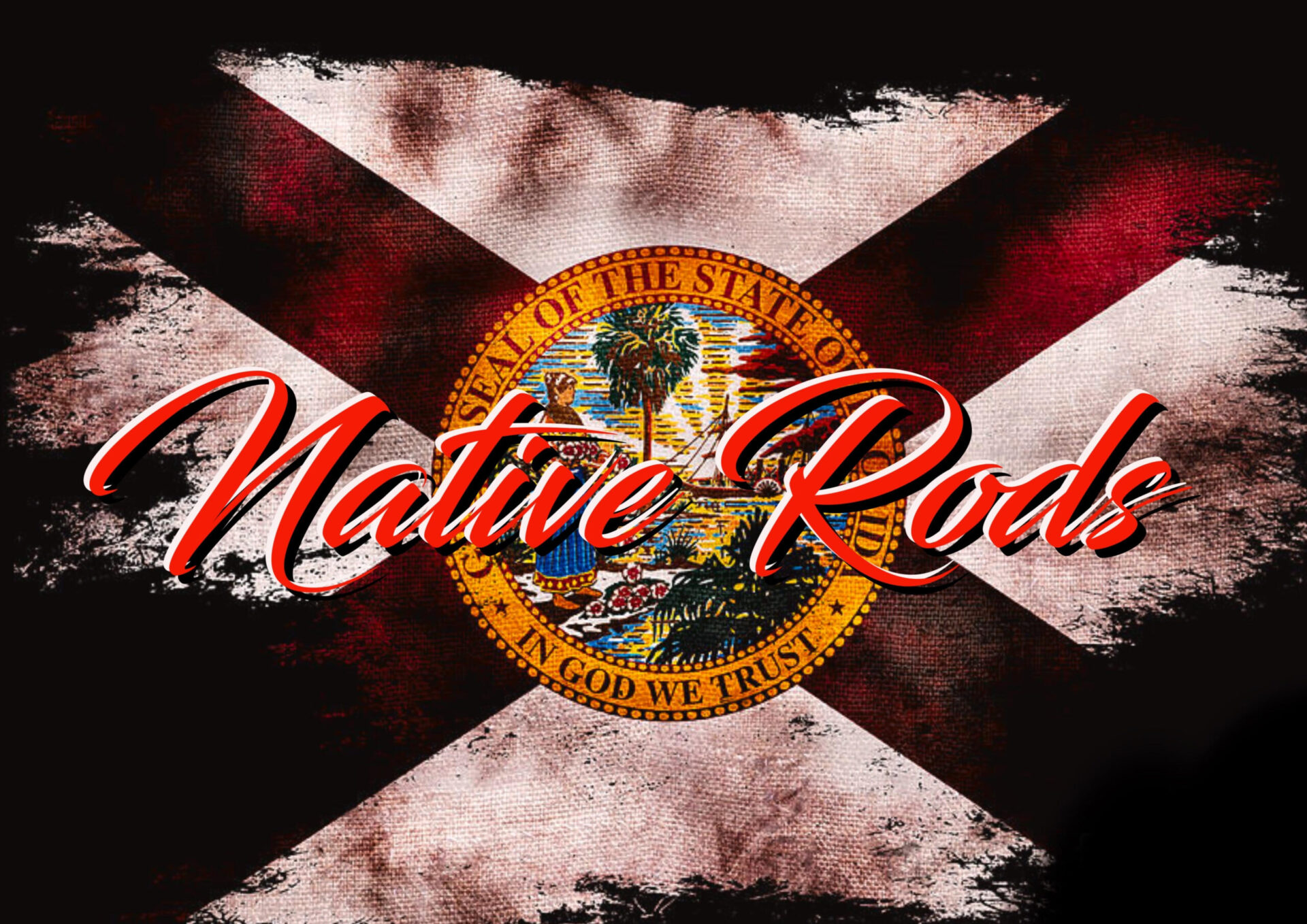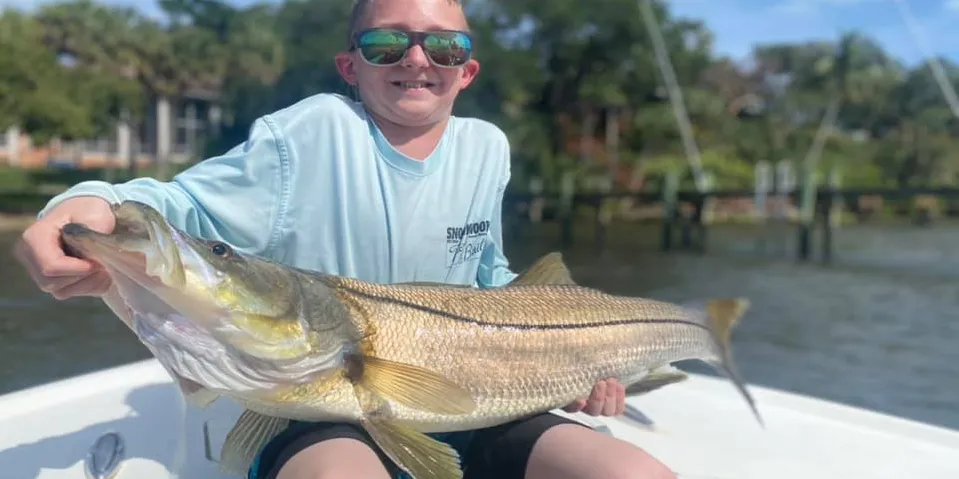Cracking the Code of Snook Fishing, those crafty inshore gamefish found on both the Pacific and Atlantic sides of North and South America, are known for their elusive nature. They hang out in places like mangroves, under docks, and around various inshore covers, earning them the nickname “linesiders” due to their distinct lateral line. This line helps them sense prey movement even in murky waters. While there are different species and sizes of snook in the Pacific and Atlantic, for simplicity’s sake, we’ll group them together in this article.
What Snook Like to Eat and How They Act:
Snook mainly dine on small fish and crustaceans, and they’re adept ambush predators, making a distinctive “thump” sound when they strike a lure or bait. Once hooked, they put on an energetic display, jumping impressively and making determined runs. Despite lacking teeth, they have a sharp gill plate that requires careful handling, but they can usually be managed like largemouth bass. Although anglers often release them, their delicious taste makes them tempting for the dinner table.
Taste Test:
For those who decide to savor snook, their white, moderately firm meat is a delight. Just remember to remove the skin before cooking. Since they’re heavily regulated in most parts of the US, it’s crucial to be aware of local regulations on limits.
Gear Up for Snook:
When gearing up for snook, opt for a light saltwater spinning or baitcasting setup. A 30lbs braid should cover most situations, and a fluorocarbon leader between 15-40lbs (depending on the fish size and water clarity) is recommended. Circle hooks are preferred for their release-friendly design. The Daiwa Certate and Shimano round bait casters are suggested for a smooth fishing experience.

Master the Techniques:
Snook are often caught by pitching lures or baits near docks or other inshore cover/structure. Their sensitivity to tidal movements is crucial, so keep that in mind when fishing for them. Night fishing, especially around the full moon, can be productive.
Lures and Baits That Work:
For luring snook, bucktail jigs with plastic tails, soft plastics like Jerk Shads and DOA Shrimp, and various topwater plugs, including the Heddon Super Spook, are effective. Topwater plugs work particularly well in low-light conditions. Snook are also known to be active night feeders.
Where to Find Big Snook:
River mouths in Central America are good bets for targeting snook if they haven’t been over-netted. Unfortunately, snook is highly susceptible to netting, posing a challenge in some areas. Locations like Costa Rica, both on the Caribbean and Pacific sides, have produced massive snook. Florida also hosts sizable snook, but their intelligence demands a skilled approach, making local guides invaluable.

Whether you’re a novice or an experienced angler, Cracking the Code of Snook Fishing opens up thrilling opportunities. From the excitement of their spirited fights to savoring their exquisite taste, snook fishing promises an unforgettable experience. Happy fishing!

















